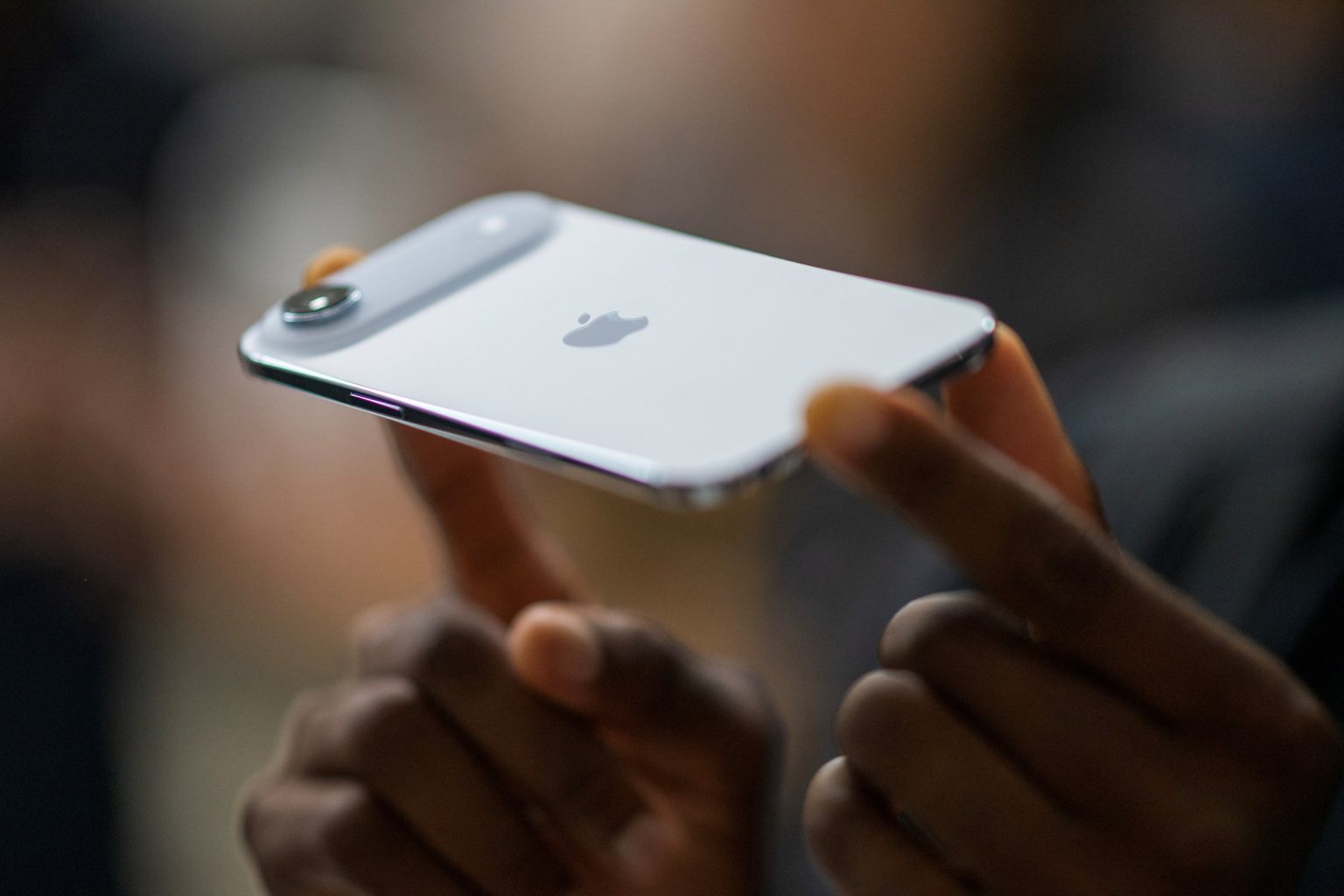Apple’s September 2025 Event: MKBHD’s Candid Take on the New iPhone Lineup
In Apple’s much-anticipated September 2025 event, the tech giant unveiled three new iPhone models: the iPhone 17, iPhone 17 Pro, and the surprising newcomer, the iPhone Air. Tech reviewer Marques Brownlee (MKBHD) has already shared his characteristically straightforward assessment of the lineup, and his verdict on the ultra-thin Air model is particularly pointed. While Apple’s presentation was filled with the usual flourish and excitement, Brownlee cuts through the marketing to offer a more grounded perspective on what these devices actually deliver to consumers.
For the standard iPhone 17, Brownlee offers a refreshingly concise summary: it received ProMotion display technology and an improved selfie camera, with most other features remaining largely unchanged from previous iterations. The inclusion of ProMotion—Apple’s adaptive 1-120Hz refresh rate technology—marks a significant milestone as the first time a “Pro-branded” feature has made its way to the base iPhone model. Importantly, Brownlee notes that this isn’t a watered-down version; it’s the full ProMotion experience previously reserved for premium devices. This enhancement, combined with the new base storage of 256GB, makes the standard iPhone 17 considerably more practical and appealing to everyday users who might not want to splurge on the Pro models.
Perhaps the most innovative upgrade to the iPhone 17 is its reimagined selfie camera system. Apple has implemented a larger 24-megapixel square sensor that enables a clever solution to a common photography problem. The new design allows users to capture landscape selfies without rotating their phones, which traditionally results in awkward framing with the lens positioned off to one side. Instead, the square sensor can simply crop an 18-megapixel image in either portrait or landscape orientation, maintaining natural framing regardless of which direction you’re shooting. Brownlee considers this possibly “the biggest upgrade to the iPhone 17,” praising its practicality and thoughtful design—a genuine improvement to the user experience rather than just a spec bump.
Moving to the iPhone 17 Pro, Brownlee summarizes its improvements with characteristic brevity: “better zoom, more battery, and orange.” Behind this simplification lies some substantial engineering changes. Apple has redesigned the internal architecture, creating what Brownlee describes as a “plateau” on the rear of the device where components like the A19 Pro chip and logic board are housed. This rearrangement allowed engineers to dedicate more internal space to the battery, resulting in Apple’s claimed 39 hours of video playback. The Pro models also feature a switch back to a unibody aluminum design for improved thermal efficiency, complemented by Apple’s first-ever vapor chamber cooling system in an iPhone. The camera system sees meaningful upgrades too, particularly the new 48-megapixel 4× telephoto lens with a 56% larger sensor, promising significantly better zoom capabilities.
The iPhone Air represents Apple’s most dramatic design departure, measuring a mere 5.6 millimeters at its thinnest point. While visually striking, Brownlee expresses serious concerns about the practical implications of such extreme thinness. He points out a fundamental contradiction in Apple’s approach: after explaining all the thermal efficiency improvements made to the Pro models to prevent overheating, they’ve created an ultra-thin device that seems likely to face significant thermal challenges. “It sounds like this phone could get much hotter, and throttle performance much quicker. It’s a red flag,” Brownlee warns. Even more concerning is his prediction about battery life: “There’s just no way battery life can be good on this phone, right? There’s just no way. I’ve been reviewing phones for more than a decade, and all signs point to it being trash.” His assessment is blunt—the Air may be the most emotionally appealing design, but it’s potentially “the worst one” from a practical standpoint.
Despite his criticisms, Brownlee suggests the iPhone Air might serve a broader strategic purpose beyond its immediate appeal. Drawing parallels to Samsung’s approach with their ultra-thin S25 Edge preceding the release of their thinner Z Fold7, he speculates that the Air could be foreshadowing Apple’s entry into the foldable phone market. “Maybe we’re gonna see an ultra-thin foldable iPhone next year,” he suggests, viewing the Air as potentially “one half of that foldable.” This perspective frames the Air not as an endpoint but as a technological stepping stone toward Apple’s future direction. Nevertheless, his final verdict remains pragmatic: while there may be few logical reasons to choose the first-generation iPhone Air, its stunning thinness will likely win over many consumers when experienced in person—a testament to Apple’s enduring ability to create devices that evoke emotional responses regardless of practical considerations.


